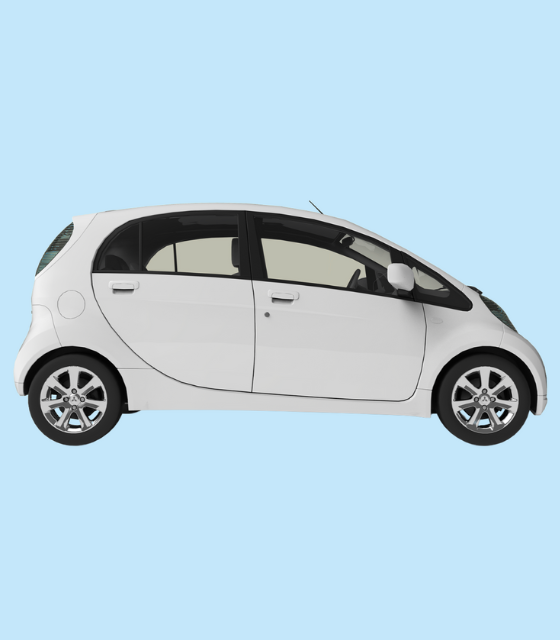For Chuck Lee, working in product rests upon an axis of continuous improvement. It’s Chuck’s job to work cross-functionally with several teams to manage the product roadmap from discovery through build and go-to-market while also leading his own team. Basically, he is the one that conceptualizes and rolls out product features, making illumin more insightful and easier to use. It’s a dynamic job with a lot of moving pieces, but that’s why Chuck finds it so exciting.
“I love the feeling of delivering on a promised outcome. Getting a response from the market and seeing my team’s impact makes it all worthwhile.”
– Chuck Lee, Director of Products
Yet as all Product Managers know, it’s impossible to plan for every eventuality. To mitigate this uncertainty, Chuck is always looking to optimize: by making small, ongoing positive changes to his processes over time, Chuck and his team have built a winning strategy that only improves with time; setbacks and delays are just opportunities to do things better the next time around.
Understanding the product lifecycle
From concept to launch and post-launch services and updates, Chuck’s day-to-day duties are heavily dependent on which stage of the product lifecycle he’s working in. He breaks the product lifecycle into four stages:
- Ideation: Every project begins as an idea. Sometimes this idea comes from customer reviews or interviews, and other times it can come from internal teams or industry research. Regardless of its origin, Chuck and his team take the idea and determine if they can create a product or feature out of it. They do this by determining the core problem to be solved, the level of impact that can be achieved, and most importantly, whether or not there is a need in the market. From there, they either begin road-mapping the idea, or shelf it into their backlog if they have other priorities.
- Discovery: The discovery stage is a deep, technical dive. Chuck and his team conduct additional research in order to identify key use cases and determine the value of the product or feature to both customers and the business itself. They ask questions like “are there factors which are inherently uncertain?” and “is there a cost-effective way to test this hypothesis?” Answering these questions confirms their confidence in the product or feature before bringing in additional stakeholders such as designers or engineers. In this stage, Chuck and his team prioritize ideas based on four criteria: impact, confidence, ease and timing.
- Ready for development: Once everything has been planned out, the engineering team takes the project into their queue to work on independently while Chuck and the product team work on a Go To Market (GTM) strategy. The GTM strategy may include communication and training to current users and internal stakeholders, external marketing and social strategies. The product, engineering and marketing teams’ schedules must be synchronized to an agreed upon launch date.
- Review and launch: The last step in this process is for Chuck and his team to meet with internal stakeholders and review what they have produced to prove that it has met or exceeded initial expectations. From there, all that is left to do is launch—which is one of the most enjoyable parts of the job, according to Chuck: “I love the feeling of delivering on a promised outcome. Getting a response from the market and seeing my team’s impact makes it all worthwhile.”
What it takes to be a Product Manager
According to Chuck, Product Managers at illumin face a unique challenge: they serve both the ad operations teams working with the product on managed service accounts, and also external self-serve customers of illumin.
How do you create something that is flexible enough to be accessible for every type of user? For Chuck, the answer is empathy. Even though he is dealing with tight timelines and highly technical subject matter, he keeps his team focused on the human side of the equation: everything his team creates is meant for a human person on the other end of the screen.
Aside from that, Product Managers need good time management, communication and problem-solving skills. They should have a keen, analytical eye that can spot bloated or counter-productive processes and should always be looking to improve efficiency.
How Chuck leads his product team
Although they share a core set of traits, Product Managers can vary in their leadership style. Chuck’s own leadership style comes down to what he calls servant leadership: he serves not only illumin customers and stakeholders, but his own team as well.
In Chuck’s words, “I’m here to help my team succeed. Finding continuous improvement in my technical processes is just as important as creating it in the people around me. I trust my team members and always try to set them up for success.”
By constantly working to improve both the people around him and the processes of the product lifecycle, Chuck is able to create a positive working environment for his team where everyone can flourish.
Chuck’s advice to aspiring Product Managers
When asked if he had any parting advice for someone starting a career as a Product Manager, Chuck had this to say:
“It’s going to be fun, but it’s also going to be challenging. Product Managers must learn to become experts on their technical product as well as experts on people. Above all else, plan to fail — knowing that failure means you are continuously pushing the boundaries of what’s possible and only provides an additional opportunity for improvement…Never equate failure to a statement on the quality of your people.”
Want to read more on our “Day in the Life” series? Check out the Day in the Life of a Campaign Manager.
Interested in a career in Product?
To learn more about what it means to be a Product Manager and open opportunities at illumin, check out our Careers page!










